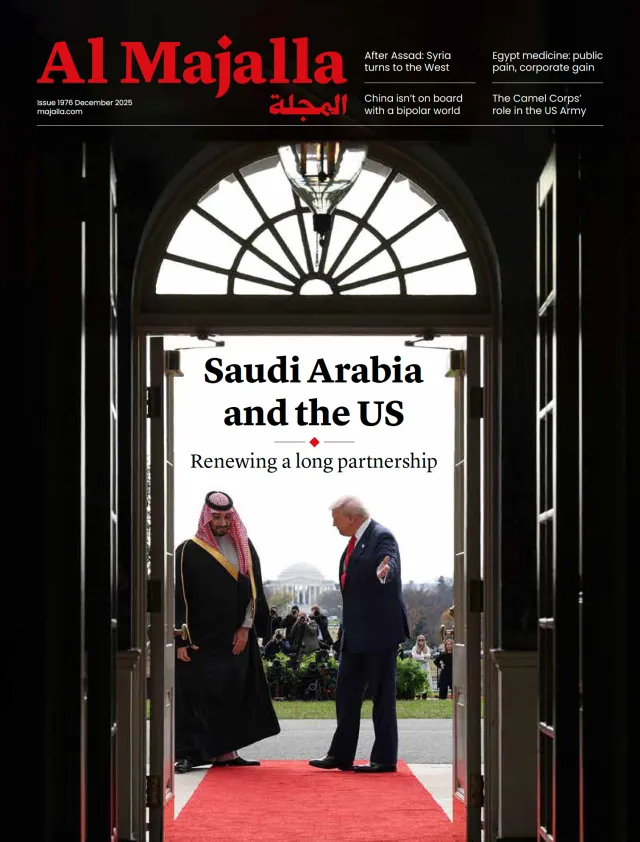The relationship between Saudi Arabia and the United States is among the most enduring and strategically significant in the Middle East. Yet Crown Prince Mohammed bin Salman’s recent visit to Washington was far from routine. It marked a new chapter in the evolution of ties between the two nations.
Since his last visit in 2015, the region has undergone profound change. Saudi Arabia itself has transformed dramatically, with the crown prince driving sweeping reforms at home and reshaping relations abroad. Washington under President Donald Trump is also markedly different from the presidency of Barack Obama or Joe Biden. The reception given to the crown prince was the most prestigious given to any visitor at the White House. Trump repeatedly emphasised the special bond he shares with him.
Striking shift
The most striking shift in bilateral ties came with Trump’s approval of the sale of F‑35 fighter jets to Saudi Arabia, despite objections from Tel Aviv and without conditioning the deal on normalisation with Israel. This marked a departure from the old formula of oil security in exchange for an American shield. Today, the relationship extends far beyond oil and defence, evolving into a partnership across multiple fronts, independent of Israeli considerations.
Its influence now reaches beyond Riyadh and Washington, shaping regional dynamics. Syria stands out as the clearest arena where Saudi and American interests converge. There, Iran’s ambitions have faltered. Tehran has lost the geography that once enabled its expansion and destabilised the region. Riyadh quickly recognised the significance of Assad’s fall and resolved to support Syria’s transitional phase, determined to prevent chaos that could allow Iran to regain influence.




